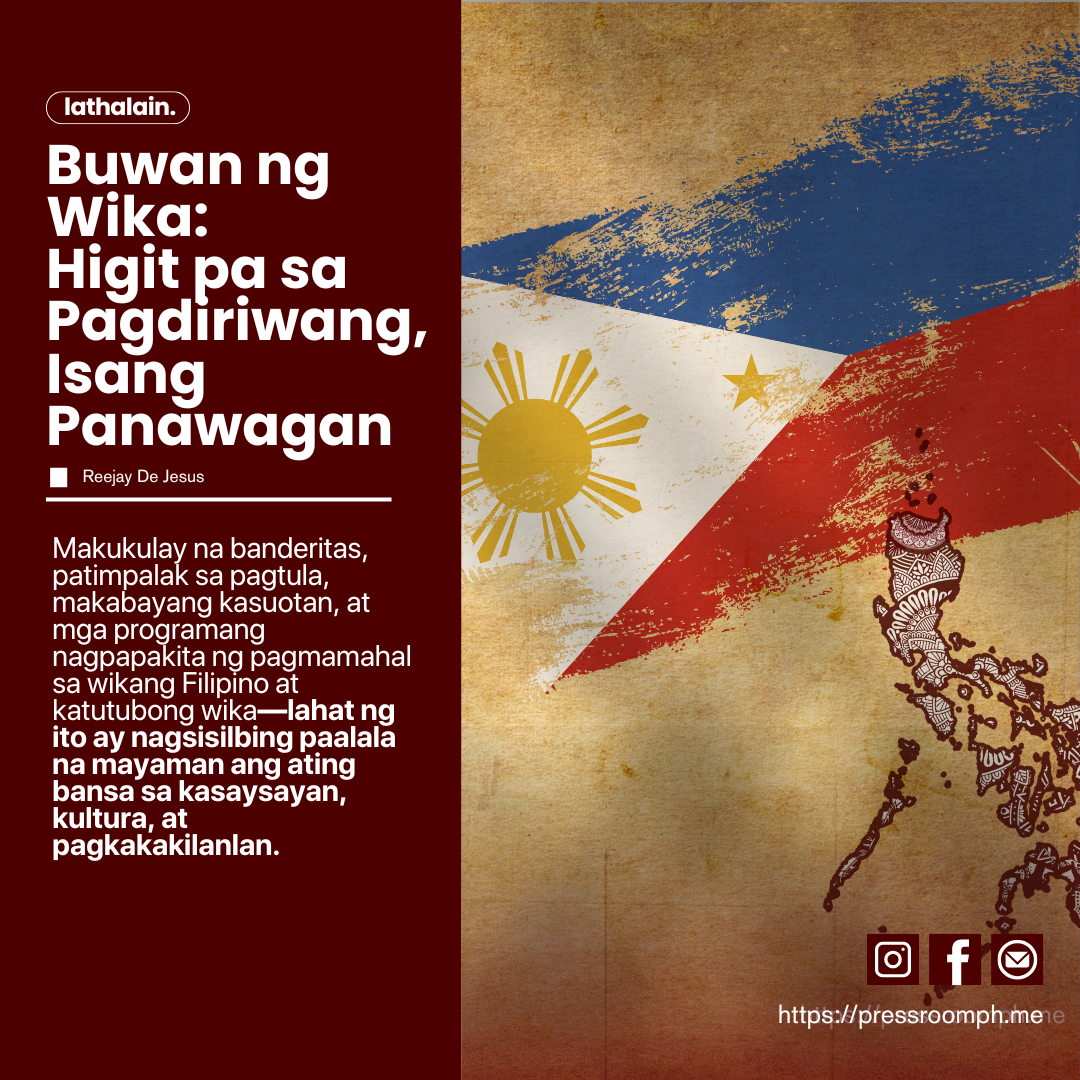via John Paul Gaspar, Pressroom PH
“Matatapang, Matatalino, walang takot kahit kanino, hinding hindi magpapahuli.”
These words are more than just a cheer; it is the identity of every Isko and Iska. But being able to cheer this chant and embody it is no easy task – to go through the eye of the needle, survive the one of the hardest entrance exams in the country.
Every year, thousands of hopeful students from all corners of the Philippines set their sights on the prestigious University of the Philippines (UP), the home of the Fighting Maroons, their hearts pounding as they prepare for one of the most competitive entrance exams in the country—the University of the Philippines College Admission Test, more commonly known as UPCAT. In 2025, the stakes seemed higher than ever, with record-breaking numbers and the highest diversity of applicants yet.
Why’s UPCAT so Unique?
The UPCAT stands apart from other college entrance exams in the Philippines not just for its scale, but for its role as a gateway to the nation’s premier state university. The test is notoriously challenging, comprising four subtests: Language Proficiency, Reading Comprehension, Science, and Mathematics. However, what truly sets it apart is UP’s weighted admission system: 60% of an applicant’s University Predicted Grade (UPG) comes from the UPCAT, while 40% is derived from their high school grades, combined and adjusted for socio-economic and geographic factors, in line with UP’s mission to democratize access to quality education.
This year, 135,236 students took the leap and sat for the UPCAT, a staggering increase compared to last year. In 2024, over 104,070 students applied. That means the university saw an increase of more than 31,000 applicants in just one year.
There are 135,236 UPCAT 2025 takers with about 17,996 or 13% of them passed, this is 6.74% more than UPCAT 2024. Last year’s admission test result, 55% from public schools and 45% from private schools – a significant shift, as public school qualifiers outnumbered private for just the second year in recent history. 13% are first-generation college students, doubles compared to last year’s 6.6%. And, about 21.5% of qualifiers came from households earning P200,000 or less annually.
What Does It Take to Pass?
The level of competition is intense, with only 13 in every 100 test-takers earning the right to be called an “Iskolar ng Bayan.” UP further complicates the selection process by screening successful campus qualifiers again for their chosen degree programs, some of which like BS Biology, BS Mathematics and AB Journalism, have dauntingly high-grade predictors and fill up fast.
If you pass the UPCAT, that’s only half the journey; your chosen course and campus play a crucial role in whether you will eventually find yourself at UP Diliman, UP Manila, or any of the eight constituent universities across the country.
The Changing Face of UP
The statistics for 2025 reveal a meaningful transformation in UP’s student body: more qualifiers from public schools and more first-generation college students mean a more socially inclusive student community.
As UP President Angelo Jimenez stated, “This is significant because first-generation college students in UP get a stronger fighting chance to uplift their family from poverty.” Every successful test-taker is a testament to persistence, resourcefulness and hope, a signal that excellence and access need not be mutually exclusive.
Taking the UPCAT has never been just about academic potential, it’s about resilience and ambition in the face of daunting odds. For more than 17,000 students this year, those odds finally shifted in their favor.
For thousands who are still dreaming and preparing, the UPCAT remains a defining Philippine rite of passage—a test of mind, character, and aspiration.
Passing the UPCAT is an accomplishment of a lifetime and for the majority who didn’t, the journey toward higher education isn’t over. The UPCAT is a formidable doorway, but for every Iskolar ng Bayan, it’s the way to a future filled with bright possibilities.





